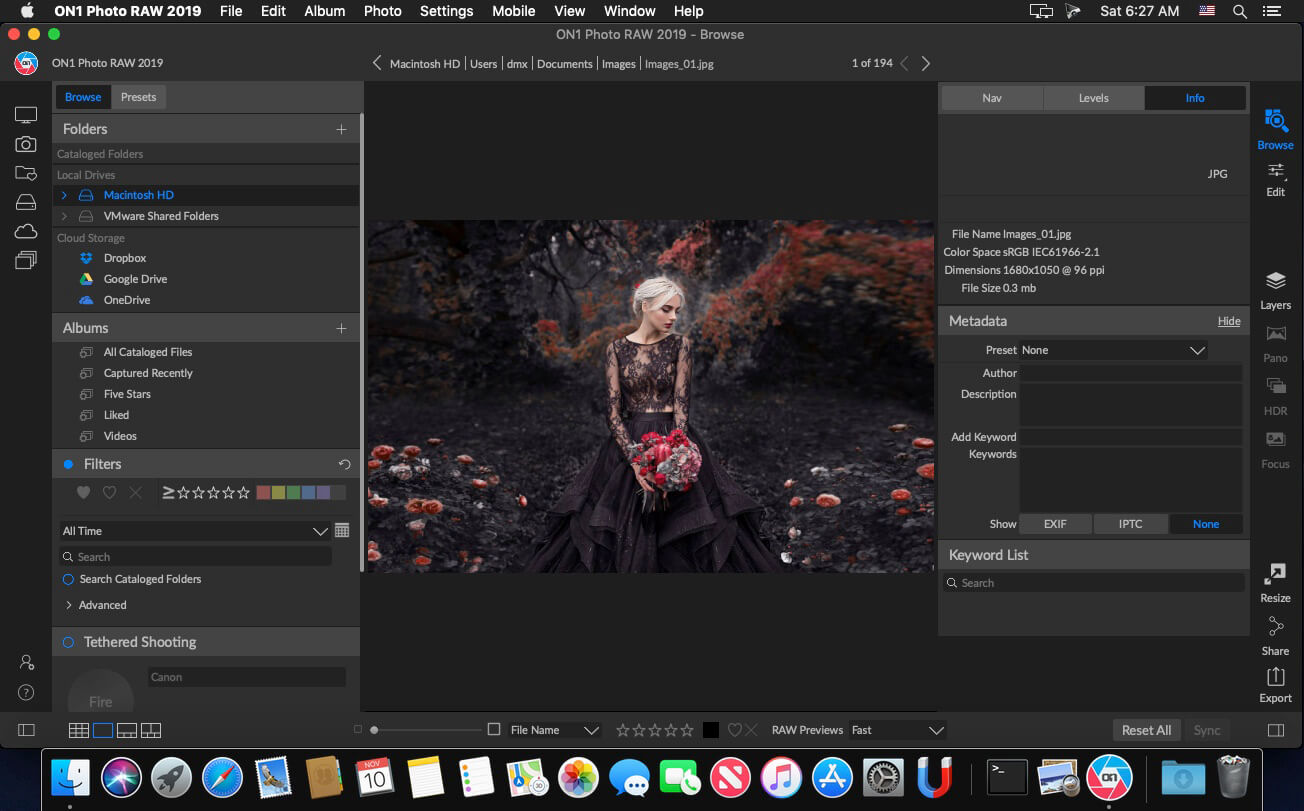

Let's get started!ĭownload this tutorial as a print-ready PDF! Setting up a side-by-side comparison I'll be using Photoshop CC but since smart objects were first introduced way back in Photoshop CS2, any version from CS2 and up will work. In fact, no matter how many times we resize a smart object, the image always looks crisp and sharp. This means that if we need to make the image larger again, we can do so without any loss in quality. The image inside it always remains at its original size with all of its pixels and detail intact. But all we've really done is scaled the smart object. If we scale a smart object to make it smaller, it looks like we've scaled the image. Anything we do to a smart object is done to the smart object itself, not to the image.

A smart object is a container that holds the image inside it and protects the image from harm. And depending on how much bigger you make it, you can end up with a blocky or blurry mess.īut smart objects in Photoshop are different. All it can do is take the remaining detail and make it bigger. That's because, by throwing away pixels, we lost detail in the image, and Photoshop can't magically recreate detail that's no longer there. Later on, if we try to scale the image larger, or even back to its original size, the result doesn't look as good. This is known as a destructive edit because it makes a permanent change to the original image. And once those pixels are gone, there's no way to get them back. Normally when we scale an image to make it smaller, Photoshop makes it smaller by throwing away pixels. Smart objects offer many advantages, but one of the biggest is that they allow us to resize images non-destructively.


 0 kommentar(er)
0 kommentar(er)
